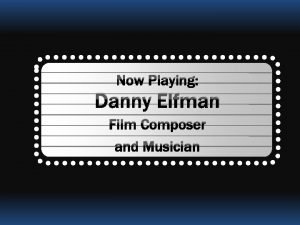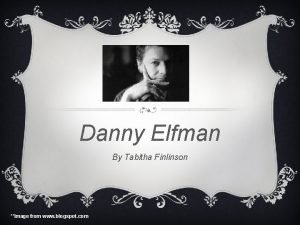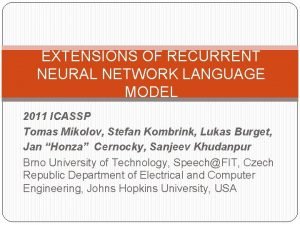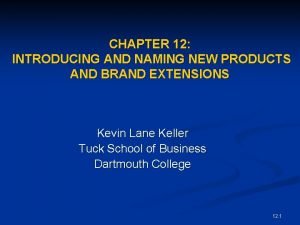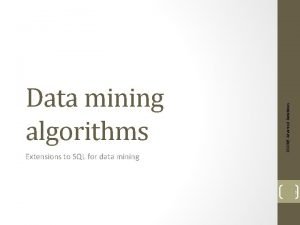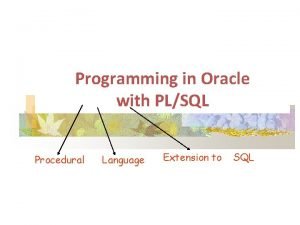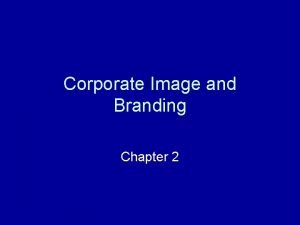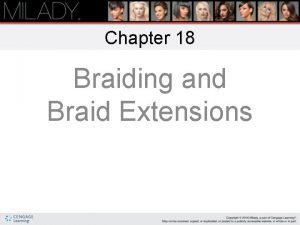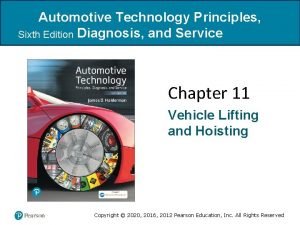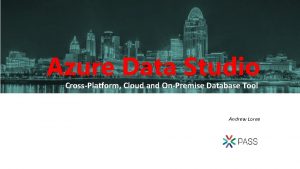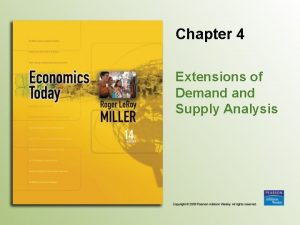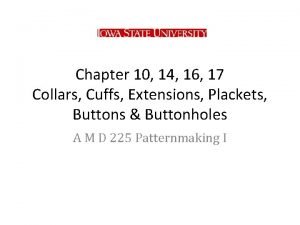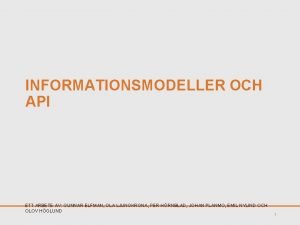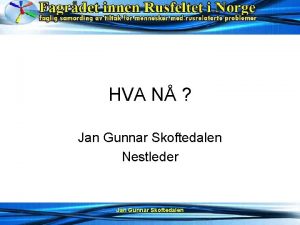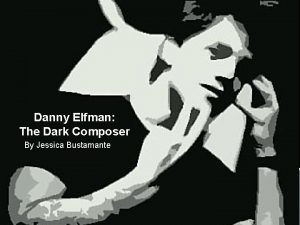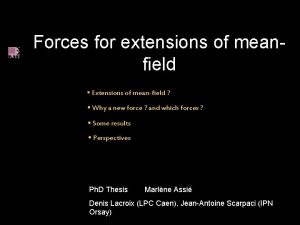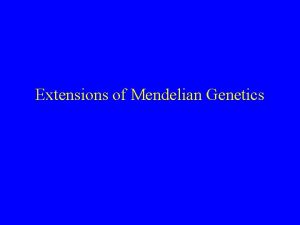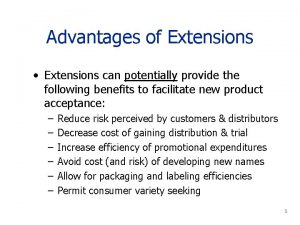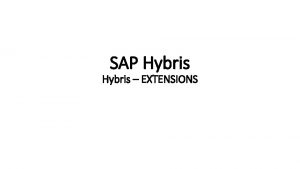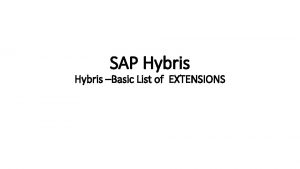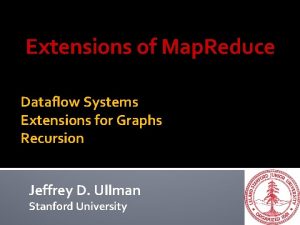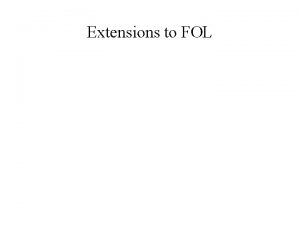Extensions in LIS Gunnar Elfman gunnar elfmangu se



















- Slides: 19

Extensions in LIS Gunnar Elfman gunnar. elfman@gu. se

Background § This presentation is built on the experience we have from using LIS as a standardized format to exchanging information between systems within the higher education sector in Sweden § LIS is mainly used to syncronizing information between the providing system Ladok and various consuming systems

LIS information model as we see it

Mapping Ladok - LIS Ladok Education Instance Course Template Education Occasion Course Offering Education Occasion Period Course Section Organization Group Student Person Participation Composite message Examination Occasion Line. Item Examination Result

Education participation

Limitations for this presentation § This presentation covers only general extension handling in XML messages defined by XML-schema. § In general the same methodology can be used for JSONmessages, but that is not covered in this presentation.

Drivers for extension usage § § Limited number of attributes for each object (~40%) Language handling (~20%) Attributes only represented by a text elements (~20%) Need for complete parent objects (~20%) ♦ Enforce referential integrity

Drivers for extension usage Limited number of attributes for each object § The majority of the required extensions are added due to the limited amount of attributes that is defined for each entity

Drivers of extension usage Language handling § Elements that represent titles, descriptions, etc. are not repeatable but qualified with language § Prefered solution for text elements that should allow language handling. Unbounded number of occurrences for elements with language qualifier

Drivers of extension usage Attributes only represented by a text element § Most attributes are represented only as a text data type. § Number of extensions would decrease if a code value element was added for many attributes.

Drivers of extension usage Need for complete parent objects § Parent objects are can only be represented with a reference. § An optional possibility to include a complete parent object would enable to enforce referential integrity without further enrichment ♦ Example from course. Offering

Identified issues § The usage of key-value pair as the base for extending LIS have some limiting drawbacks ♦ No possibility to have repeating extension elements ♦ No possibility to add complex and/or hierarchical extension

Identified issues: Repeating elements § The name-value pair way of implementing extensions does not support extension of repeatable complex elements. § Two main options ♦ Add extension points for all repeatable complex elements ♦ Extensions with references to the a specific instance of a repeatable complex element

Identified issues: complex and/or hierarchical extension § LIS Extensions can not easily include complex or hierarchical objects § E. g ♦ Lists ♦ Header-details structures ♦ etc

Extension list

Examples of messages with extensions § course. Template § course. Section

Exemple of extension handling in UBL § UBL, Universal Business Language § Extension meta data attached § Exists only on document top level § The extension must not belong to the same namespace as the root document

Exemple of extension handling in OAGIS § OAGIS, Open Application Group Integration Specification § No Metadata § Exists on all repeating complex elements § No namespace rules applied

O 1 9 R G A N I S A T I O N S N A M N ( Ä N D R A www. sunet. se
 Danny elfman parents
Danny elfman parents Danny elfman
Danny elfman Oingo boingo lead singer
Oingo boingo lead singer Extensions of recurrent neural network language model
Extensions of recurrent neural network language model Introducing and naming new products and brand extensions
Introducing and naming new products and brand extensions Visual studio authoring extensions
Visual studio authoring extensions Data mining extensions
Data mining extensions Mapping extensions
Mapping extensions Oracle procedural language extensions to sql
Oracle procedural language extensions to sql Brand extensions
Brand extensions Sw guard extensions
Sw guard extensions Preparing textured hair for braiding
Preparing textured hair for braiding Brand extensions
Brand extensions Tall pad extensions are used
Tall pad extensions are used Restoration electrolysis
Restoration electrolysis Can't pickle psycopg2.extensions.connection objects
Can't pickle psycopg2.extensions.connection objects Azure data studio extensions
Azure data studio extensions Extensions of demand and supply analysis
Extensions of demand and supply analysis Shirt collar extensions
Shirt collar extensions Point to point correspondence and formal similarity
Point to point correspondence and formal similarity
